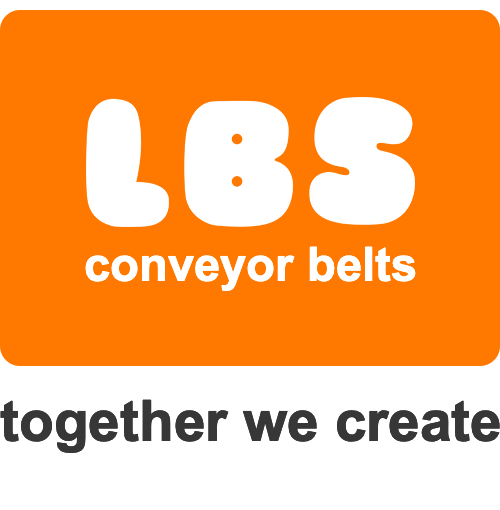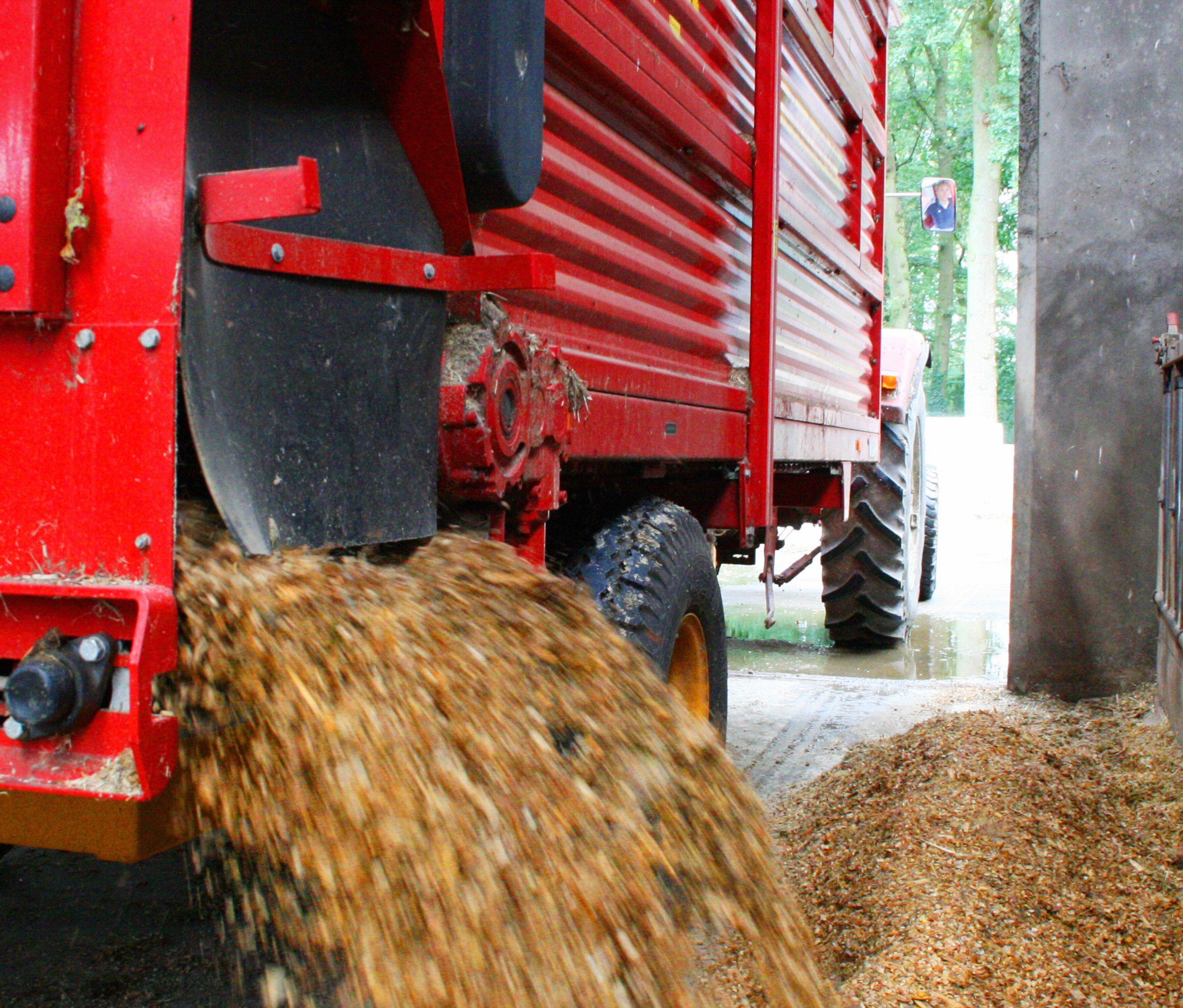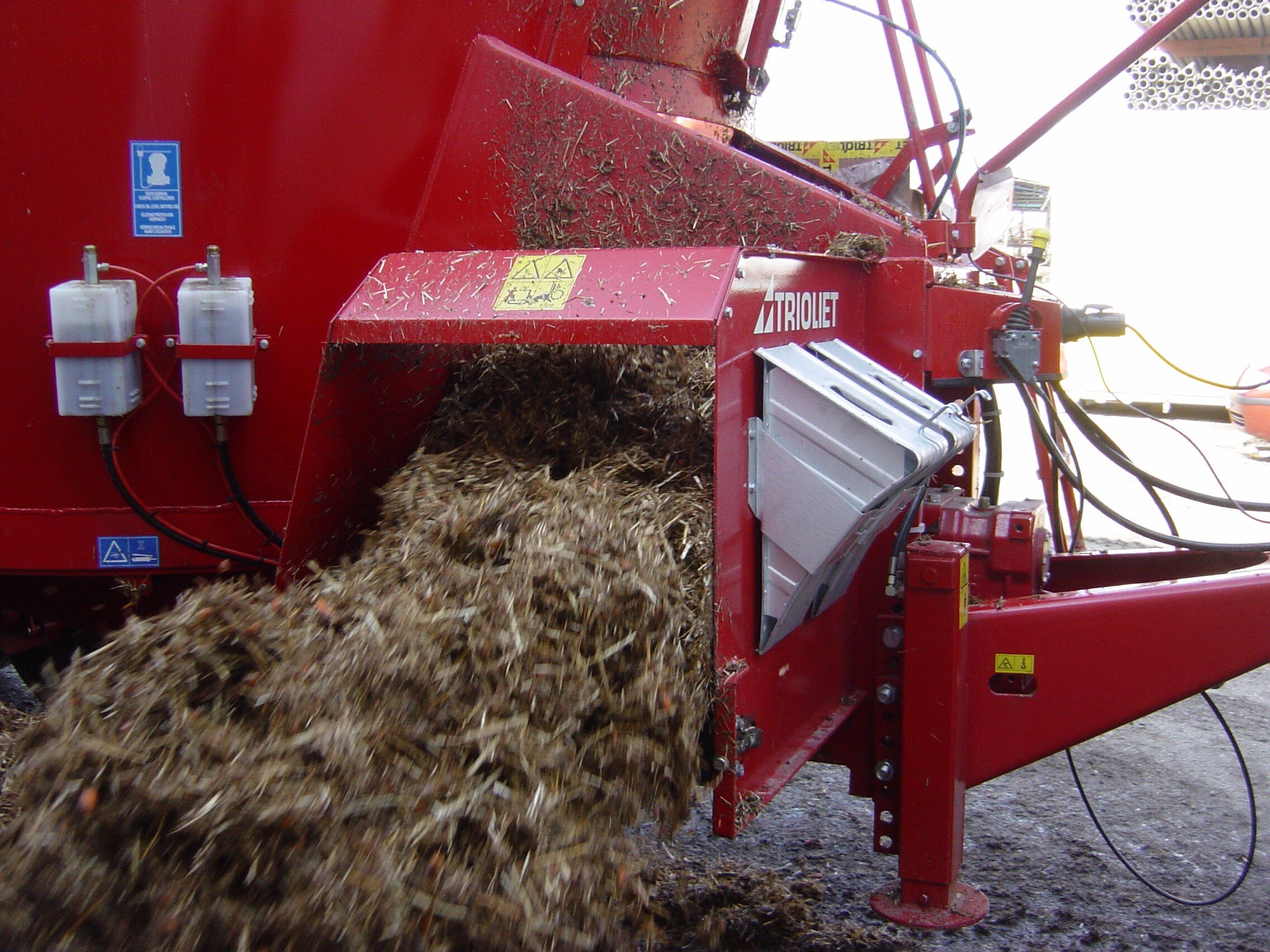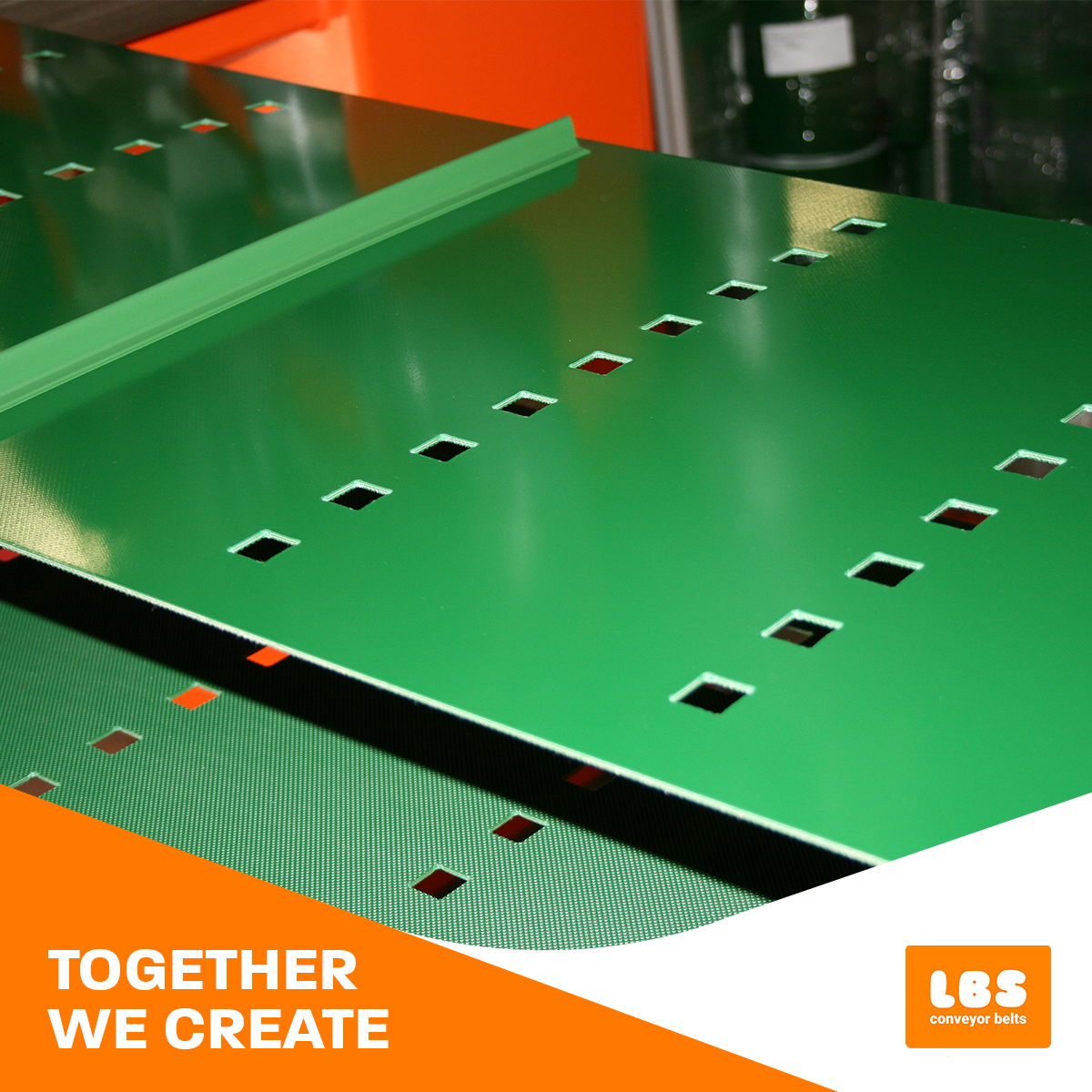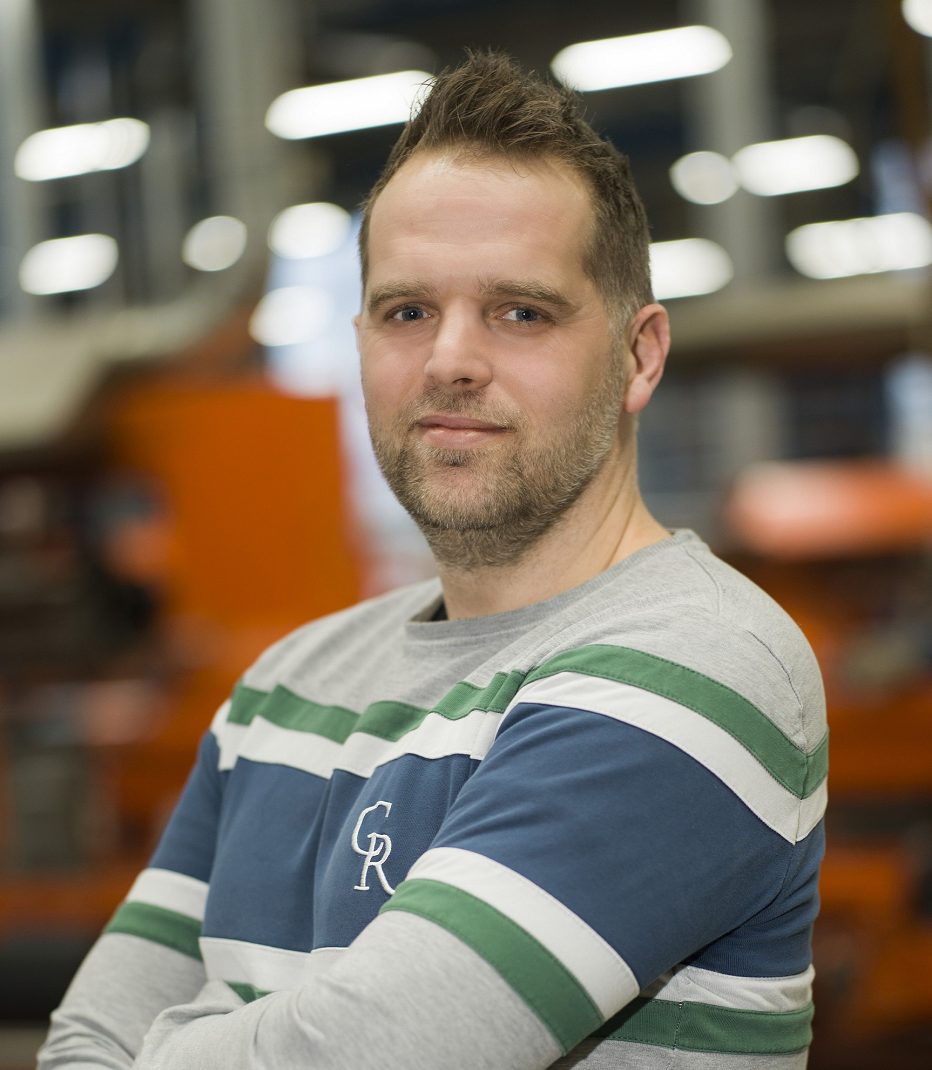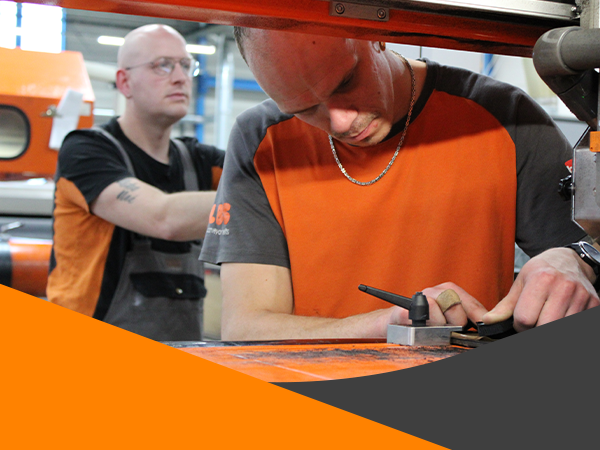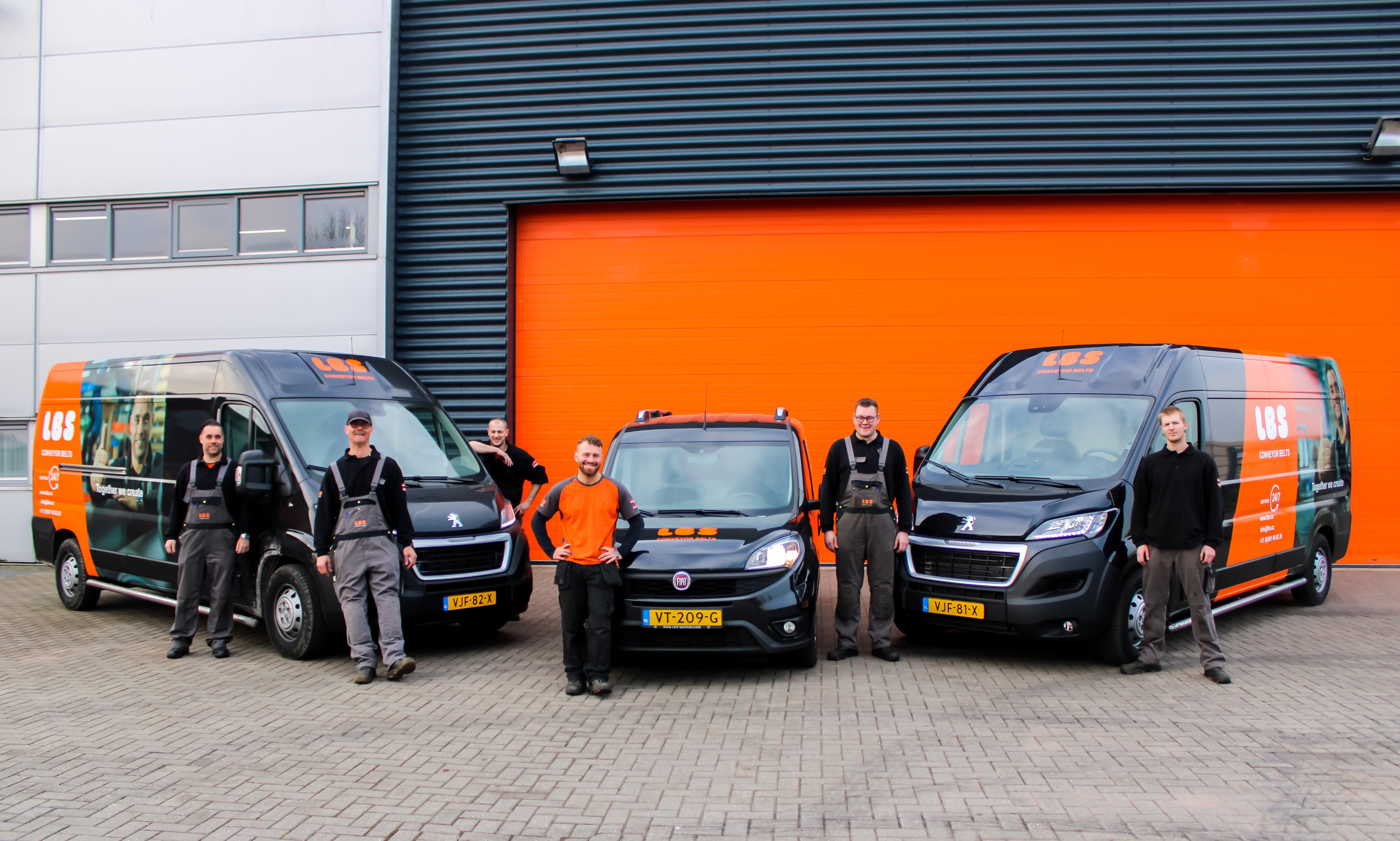Choosing between a rubber and a PVC conveyor belt for use in a silage trailer requires careful consideration of several factors, including chemical action of the silage, weather conditions and temperature influences. Here are the nuances and considerations for both materials:
Rubber Conveyor belt
Advantages:
- Durability and Wear Resistance: Rubber has excellent wear resistance and copes well with the abrasive nature of silage.
- Resistant to Temperature Changes: Rubber remains flexible at both low and high temperatures, which is essential for use in changing weather conditions.
- Chemical Resistance: Some types of rubber have good resistance to acids and other chemicals that may be present in silage.
Disadvantages:
- Weight: Rubber tyres tend to be heavier than PVC tyres, which can lead to higher energy consumption and wear on the drives.
- Maintenance: Rubber can wear faster under certain chemical conditions, depending on its composition, which may require regular maintenance and replacement.
PVC conveyor belt
Advantages:
- Lightweight: PVC is lighter than rubber, which can lead to lower energy consumption and less wear on the drives.
- Chemical Resistance: PVC has good resistance to many chemicals, making it suitable for use with silage that may contain acidic by-products.
- Hygiene: PVC is easier to clean and disinfect, which is important for maintaining feed hygiene.
Disadvantages:
- Temperature sensitivity: PVC can become stiff and crack at low temperatures, and it can deform at very high temperatures, which can limit its usability in extreme weather conditions.
- Durability: Although PVC resists chemical action well, it is less abrasion-resistant than rubber, which can lead to faster wear when transporting abrasive material such as silage.
CHEMICAL ACTION OF SILAGE
- Rubber: Different types of rubber (such as EPDM or neoprene) have varying degrees of chemical resistance. EPDM, for example, is highly resistant to acids and ozone, while natural rubber is less resistant.
- PVC: PVC is generally resistant to acids, alkalis and many organic solvents, making it a good choice for use with silage that can be acidic
WEATHER AND TEMPERATURE INFLUENCES
- Rubber: Remains flexible over a wide temperature range and is less susceptible to cracking or deformation due to extreme temperatures.
- PVC: Can become stiff at low temperatures and deform at high temperatures, which may make it less suitable for use in very cold or hot climates

RECOMMENDATION BASED ON USE CASES
For rough conditions and high wear:
- Rubber: Recommended for its durability and resistance to temperature changes.
For chemically active environments and hygienic requirements:
- PVC: Suitable because of its chemical resistance and easy cleanability.
A hybrid approach using a rubber conveyor belt with a PVC coating or layer can combine advantages of both materials, such as the abrasion resistance of rubber and the chemical resistance and hygiene of PVC.
Conclusion
The choice between a rubber and a PVC conveyor belt depends heavily on the specific conditions and requirements of the application. For robust, wear-intensive conditions, rubber is often the better choice, while PVC performs better in chemically active environments and where hygiene is paramount. It is important to consider the specific characteristics of the silage, operating conditions and maintenance requirements when making the final choice.
Together we create
Are you looking for the best conveyor belt for your production process? Do you have questions about our conveyor belts or other questions about our products and services? Get in touch!
